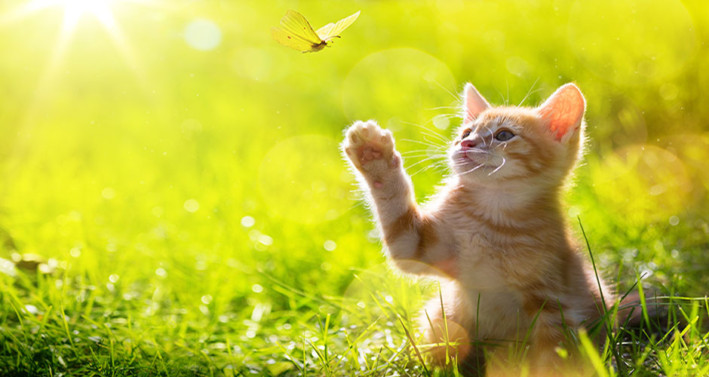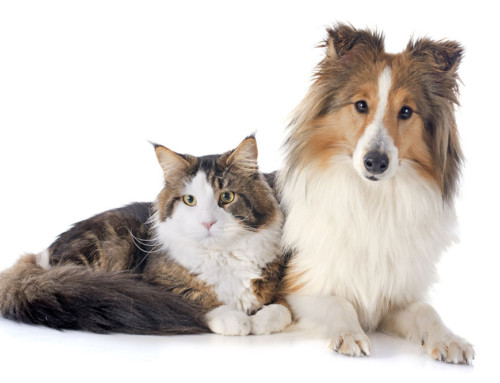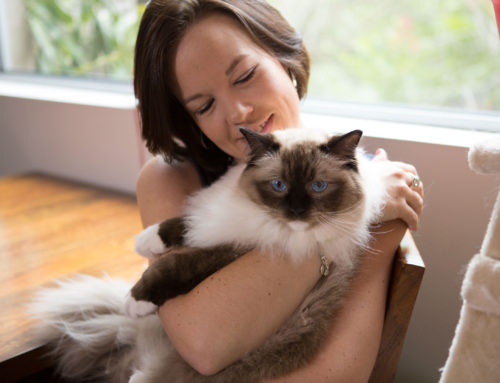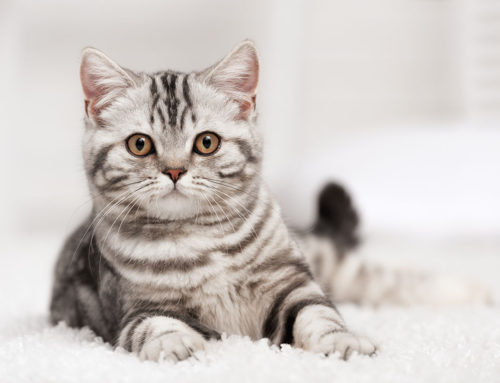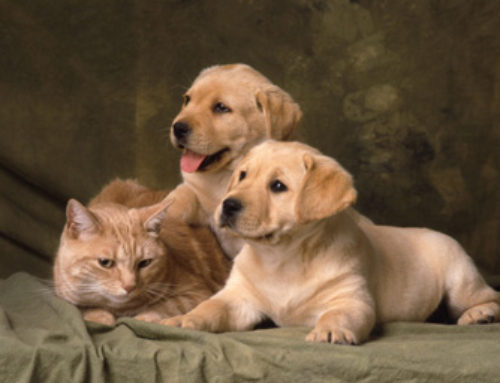All cats need exercise, just like you and me. Feline obesity rates are on the rise in Australian and around the world. This is because domestic cats are eating more food than ever, but they’re not using up all the calories that they once did when they were wild and had to hunt for pray.
While indoor cats do get some exercise around the house, for example, by chasing shadows or attacking a shoelace, this is not quite enough to burn off their calorie intake. Your cat will need a bit of extra help to stay fit and healthy.
In fact, certain behaviours like destroying furniture or anxiety can be caused by confinement to the house and not being stimulated enough. Yes, cats get bored too! In these situations a bit of extra exercise and play is a sure-fire way to keep them out of mischief.
Keep in mind, all cats are different – some breeds are more susceptible to obesity, while older cats are much less agile and need less exercise than younger ones.
So, how do I exercise my cat?
You don’t have to put your cat on a leash and take them for a walk, nor do you need to teach them to play catch like a dog!
Here are some cat-friendly exercise tips to keep him or her fit around the house:
- The key is to stimulate your cat’s natural instinct to hunt, just like in the wild. This can be done through play with lifelike fake animals, for example a mouse on some string. Let them chase the toy to their hearts content, and when they’re ready to stop, they’ll stop – you should never force exercise on a cat, as you can wear them out.
- Another useful way to stimulate your cat is with food. Food puzzles are pet toys that turn eating into an activity or game, which is great to ensure they’re burning off the calories they’re consuming, while keeping them entertained and engaged.
- Ever thought about getting a second cat? Research shows that owning two cats helps keep both to stay energised and amused. Obviously, this isn’t possible for all households due to various factors.
Will my cat become overweight if they don’t exercise?
Whether your cat will gain too much weight depends on how many calories they consume and how many they are able to work off.
Most feline obesity does come down to nutrition. Wild cats traditionally lived off animal prey, which contains up to 75% water, so they need plenty water to maintain hydration, along with a lot of protein and other nutrients found in animal products – calcium, taurine, and vitamins B3, B1, B6, which are not found in plants.
So one definite way to promote weight loss is to pick grain-free, starch-free cat food. When you feed cats these kinds of carbohydrates, they can’t break them down like humans and dogs do. Their bodies just simply aren’t made to process carbs, meaning that any excess turns straight to fat.
See common questions about your cat’s nutrition for more information.
How do I tell if my cat is overweight?
It can sometimes be a little difficult to tell if your cat is overweight, because fat wont necessarily present itself in the same places as it does on a human.
Here are some signs your cat is overweight:
- You can’t see his waist behind his ribs
- He doesn’t have a clearly define waist
- His belly sags below the line of his chest
- You can’t feel his ribs, spine, shoulders or hips very well. You should be able to feel bony protrusions without pressing too hard; if you can’t, your cat is overweight.
For more, see what to do with an overweight cat.
Cat’s weights do fluctuate, so be sure to consult a vet every year or so for a check up, to ensure he or she is within a healthy weight range.


